Notice
5. Stack of Standards and Languages
- document 1 document 2 document 3
- niveau 1 niveau 2 niveau 3
Descriptif
Let us now conclude this first part with an overview of the stack of standards and languages that are used to publish data on the Web.
These standards are recommendations from the W3C. In the stack you see here, we will first focus next week on RDF. RDF stands for Resource Description Framework. It is a data model and a set of syntaxes to write descriptions about the resources on the Web and exchange them. As we will see, it's a graph based model.
Intervention / Responsable scientifique
Thème
Documentation
Documents pédagogiques
Summary of what is to come...
One difficulty, the first time you discover linked data on the Web, is that the initiative is presented under different names, each name insisting on a different facet of the overall architecture:
- The name “Web of data” insists on the opportunity now offered to us on the Web to open silos of data of all sizes, from the dataset of an address book up to immense genomic databases, and to exchange, to connect, to mix them on the Web according to our needs.
- The name "linked open data" focuses on the opportunity to exploit open data from the Web in our applications and the high added value there is in using and reusing URIs to join assertions from different sources. This name also reminds us that linked data are not necessarily open and that all the techniques we are introducing here can be used in private spaces (intranets, intrawebs, extranets, etc.)
- The name "giant global graph" puts into perspective the thousands of links between data distributed on the Web and which, joined through URIs, produce a giant graph.
- The name “semantic web” emphasizes the ability we now have to exchange our data schemas, in addition to datasets, and the associated semantics in order to enrich the range of automatic processing that can be performed on them.
But in fact, these names are just different facets of one global initiative.
Let us summarize in six points the ideas of a Web of linked data and a semantic Web:
https://www-sop.inria.fr/members/Fabien.Gandon/docs/semweb/
...and remember... “applications pass but data remain”
To go further...
At W3C:
- The “Web Data” activity at W3C
- Some of the tools implementing the standards of linked data and semantic Web for various programming languages and platforms. These are Wiki pages to be consulted and enriched.
Books:
- Semantic Web for the Working Ontologist: Effective Modeling in RDFS and OWL, Dean Allemang, James Hendler
- Tom Heath and Christian Bizer (2011) Linked Data: Evolving the Web into a Global Data Space (1st edition). Synthesis Lectures on the Semantic Web: Theory and Technology, 1:1, 1-136. Morgan & Claypool.
Video: "Semantic Web & the Web of Data: when the link makes sense"
Decks of slides:
- "Semantic Web Good News" by Frank Van Harmelen (2010)
- "Evolving the Web into a Global Dataspace – Advances and Applications" by Chris Bizer Chris Bizer
- "Introduction to Linked Data",
Presentation given at the "How to Consume Linked Data on the Web"
Tutorial at 2009 International Semantic Web Conference by Juan Sequeda,
- "An introduction to Semantic Web and Linked Data" by Fabien Gandon
- And some other decks of slides
Dans la même collection
-
Demos about a Web of Linked data
GandonFabienFaronCatherineCorbyOlivierThe BBC Web site uses linked (open) data The Wildlife documentary catalog on the Web site of BBC The Web site of BBC is structured and augmented with both internal and public linked data. In
-
2. Separating Presentation and Content
GandonFabienFaronCatherineCorbyOlivierWe now consider one of the first evolutions of the web, to separate the presentation and the content. In 1996, CSS, standing for
-
4. Linked Data Principles
GandonFabienFaronCatherineCorbyOlivierIn this fourth part, we're going to see the principles behind Linked Data. What we're going to do is to change slightly how we
-
1. Historical Introduction to the Web Architecture
GandonFabienFaronCatherineCorbyOlivierGoing back in history, back in 1945, Vannevar Bush wrote an article entitled "As we may think". In this article, he
-
3. From pages to resources
GandonFabienFaronCatherineCorbyOlivierIn this third part, we will see another evolution of the Web, or more precisely, an evolution of the way we use the Web. We will
Avec les mêmes intervenants et intervenantes
-
2. A Triple Model and a Graph Model
GandonFabienFaronCatherineCorbyOlivierThis sequence will introduce the principles of the RDF model. We will see that it is a triple model and a graph model. RDF stands for
-
4. Pre and Post Processing
GandonFabienFaronCatherineCorbyOlivierIn the fourth part, we will see the pre and post processing of a SPARQL query. An RDF dataset is composed of a default graph
-
6. LDP : a REST API to linked data
GandonFabienFaronCatherineCorbyOlivierThis part is about the Linked Data Platform standard which provides the REST API to link data. This is a set of standardized HTTP and RDF
-
4. Linked Data Principles
GandonFabienFaronCatherineCorbyOlivierIn this fourth part, we're going to see the principles behind Linked Data. What we're going to do is to change slightly how we
-
5. Representing groups
GandonFabienFaronCatherineCorbyOlivierThis sequence is about the specificities of the RDF model for representing groups. The type Bag is predefined in the RDF model to represent
-
2. GRDDL: extract RDF from X(HT)ML
GandonFabienFaronCatherineCorbyOlivierGRDDL is a mechanism to extract RDF from XML and HTML.
-
5. Several Query Forms
GandonFabienFaronCatherineCorbyOlivierIn the fifth part, we will see several query forms. Until now, we have seen the select where SPARQL query form but there are
-
3. From pages to resources
GandonFabienFaronCatherineCorbyOlivierIn this third part, we will see another evolution of the Web, or more precisely, an evolution of the way we use the Web. We will
-
2. Statements
GandonFabienFaronCatherineCorbyOlivierThis video présents the SPARQL Statements. The first statement is the optional pattern. It enables to specify a part of a graph pattern that is
-
4. Tabular data and metadata (CSV)
GandonFabienFaronCatherineCorbyOlivierWe are going to see how we can transform tabular data and metadata into RDF. These data are extremely common; they are generated by
-
3. Serialization Syntaxes
GandonFabienFaronCatherineCorbyOlivierWe saw in the previous sequence the principles of the RDF model by using an abstract syntax. This sequence will present you the
-
6. Results and Update
GandonFabienFaronCatherineCorbyOlivierIn the last part, we will see the result format and Update query. The format of SPARQL query results are also standardized by the
Sur le même thème
-
Participation et citoyenneté en régime numérique : vers de nouvelles dynamiques de recherche ? Vidé…
BoutéÉdouardMabiClémentLupoviciRaphaëlMichelLouiseDilé-ToustouJulesAubertRomainMobilisées en politique depuis plusieurs décennies (Vedel, 2006), les technologies de l’information et de la communication numérique (TICN), et notamment internet et le web connaissent au tournant des
-
Participation et citoyenneté en régime numérique : vers de nouvelles dynamiques de recherche ? Vide…
BoutéÉdouardDespontin LefèvreIrèneMabiClémentLupoviciRaphaëlMichelLouiseMobilisées en politique depuis plusieurs décennies (Vedel, 2006), les technologies de l’information et de la communication numérique (TICN), et notamment internet et le web connaissent au tournant des
-
L'art contemporain en temps de confinement
GirelSylviaLe 14 mars 2020 tous les lieux d’exposition sont sommés par décret de fermer leurs portes. L’art contemporain n’y échappe pas et comme la majorité des secteurs d’activités en France ce sera plusieurs
-
Controverses et médiatisation autour du halal
RigoniIsabelleSéance : Controverses et médiatisation " Vous avez dit halal ? " Normativités islamiques, mondialisation et sécularisation Colloque international, 7-8 novembre 2013, IISMM-EHESS, Salle Claude Lévi
-
Contourner la frontière par la toile. La fabrique d’un territoire communautaire par les nouvelles t…
MerzaEleonorePalestiniens et Israéliens deux décennies après Oslo : anatomie, vécus et mouvements d'une séparation Colloque du 17, 18 et 19 Février 2011, Maison méditerranéenne des sciences de l'homme, Aix-en
-
-
[COLLOQUE] Festival de l’intelligence artificielle Avignon 2021 table ronde 1
FESTIVAL de L’intelligence Artificielle le 18 et 19 Novembre 2021
-
[COLLOQUE] Festival de l’intelligence artificielle Avignon 2021 - Les assistants personnels vocaux,…
FESTIVAL de L’intelligence Artificielle le 18 et 19 Novembre 2021. Table ronde 3. Les assistants personnels vocaux, généralistes ou spécifiques ? Jusqu’où personnaliser les services ?
-
[COLLOQUE] Festival de l’intelligence artificielle Avignon 2021 introduction
FESTIVAL de L’intelligence Artificielle le 18 et 19 Novembre2021
-
-
[COLLOQUE] FrenchTech Grande Provence and LIAvignon : L’IA de demain 2em partie
L’IA doit être éthique mais peut-elle être bienveillante ?
-
[COLLOQUE] Festival de l’intelligence artificielle Avignon 2021 table ronde 2
FESTIVAL de L’intelligence Artificielle le 18 et 19 Novembre 2021







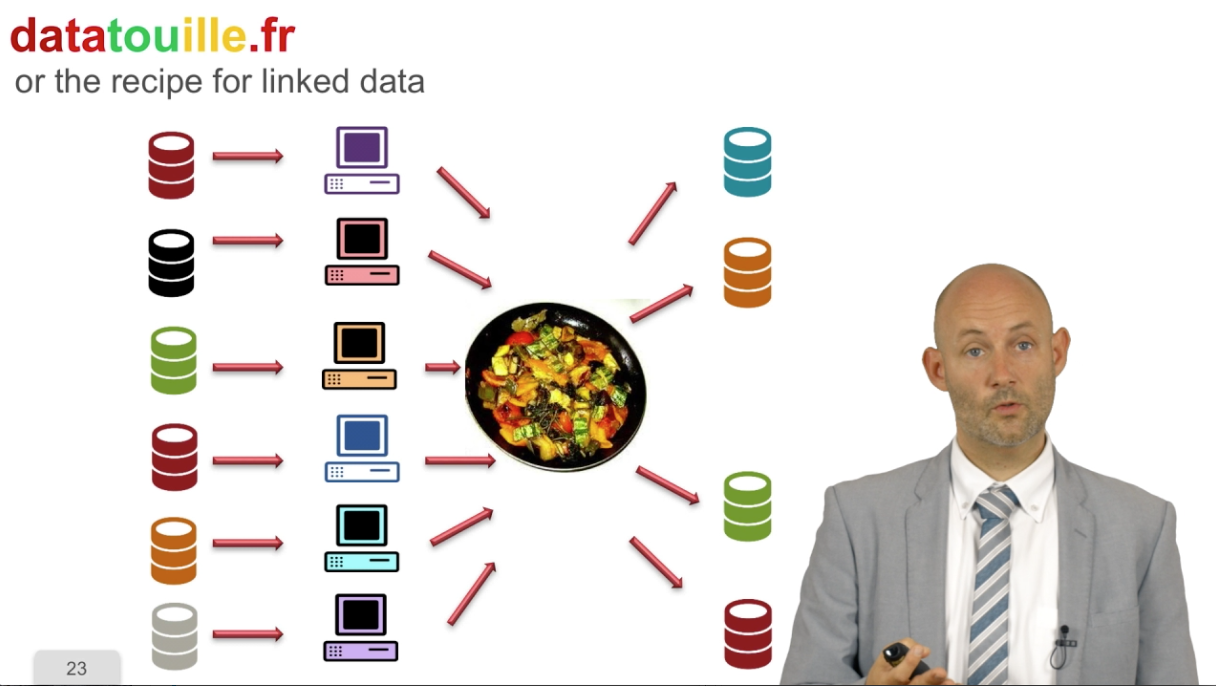
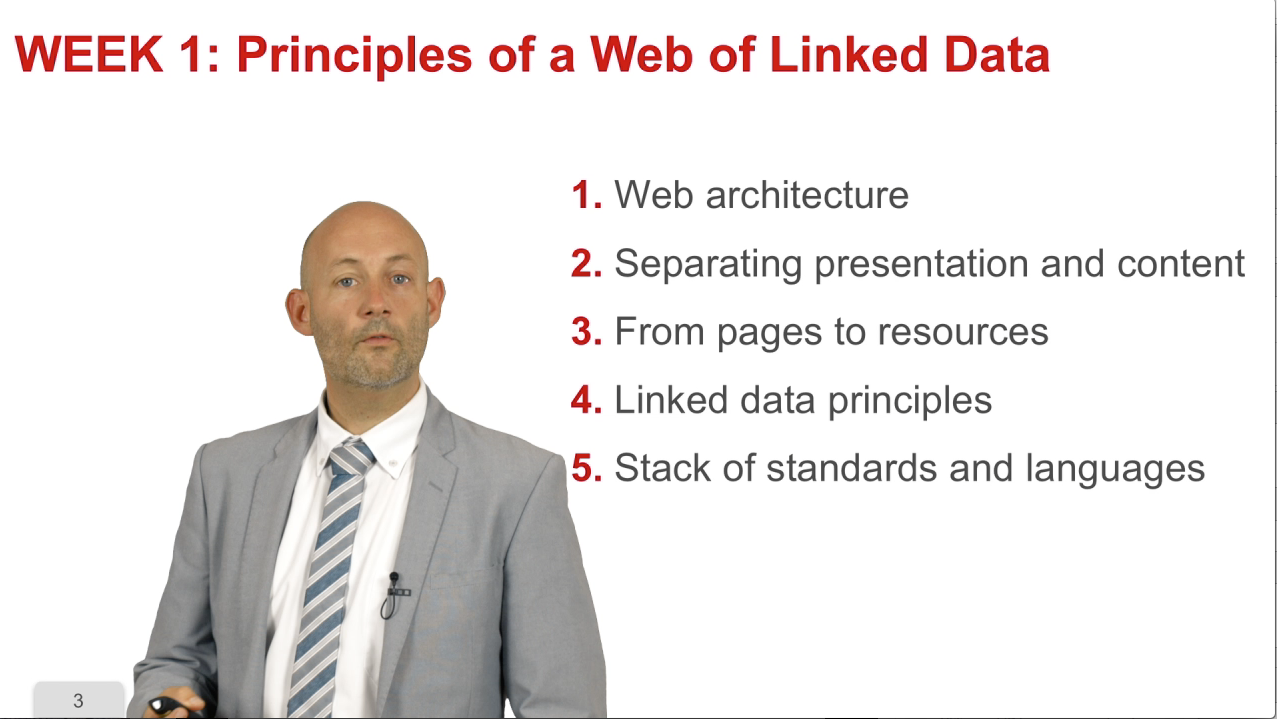



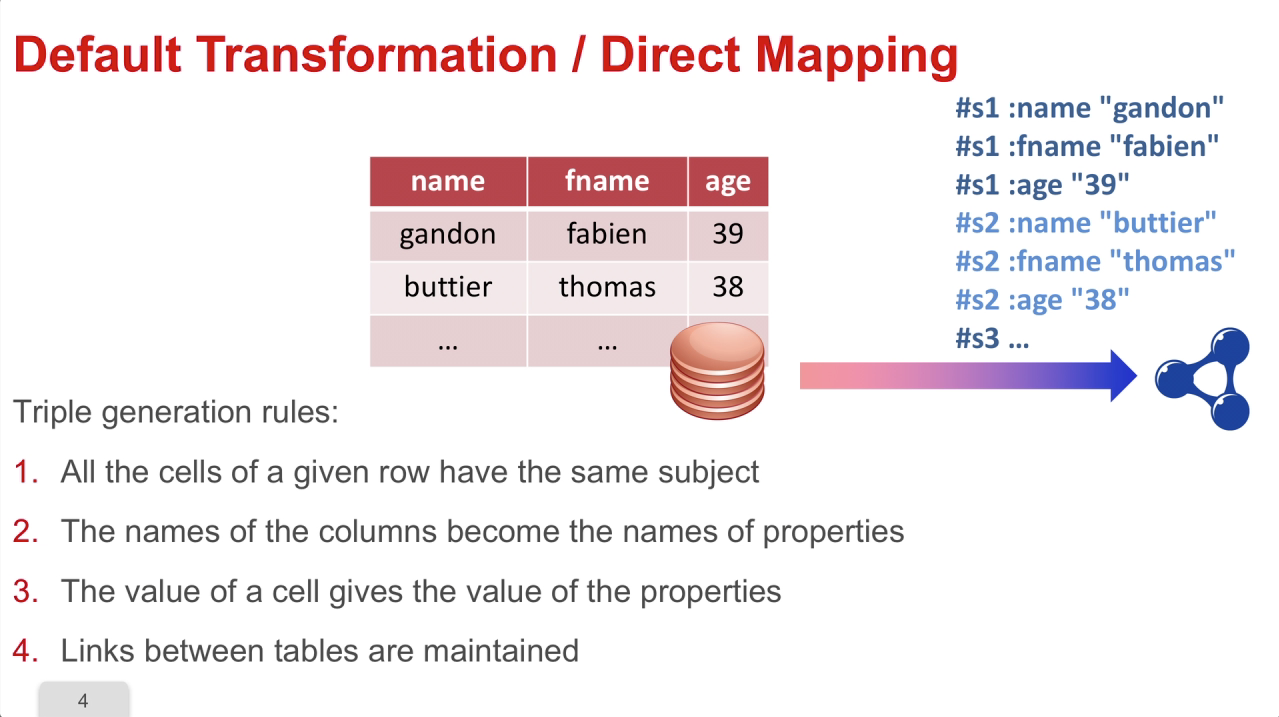


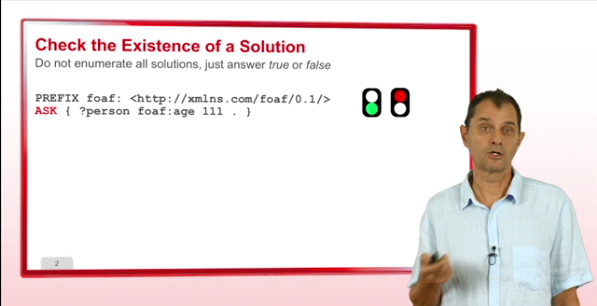




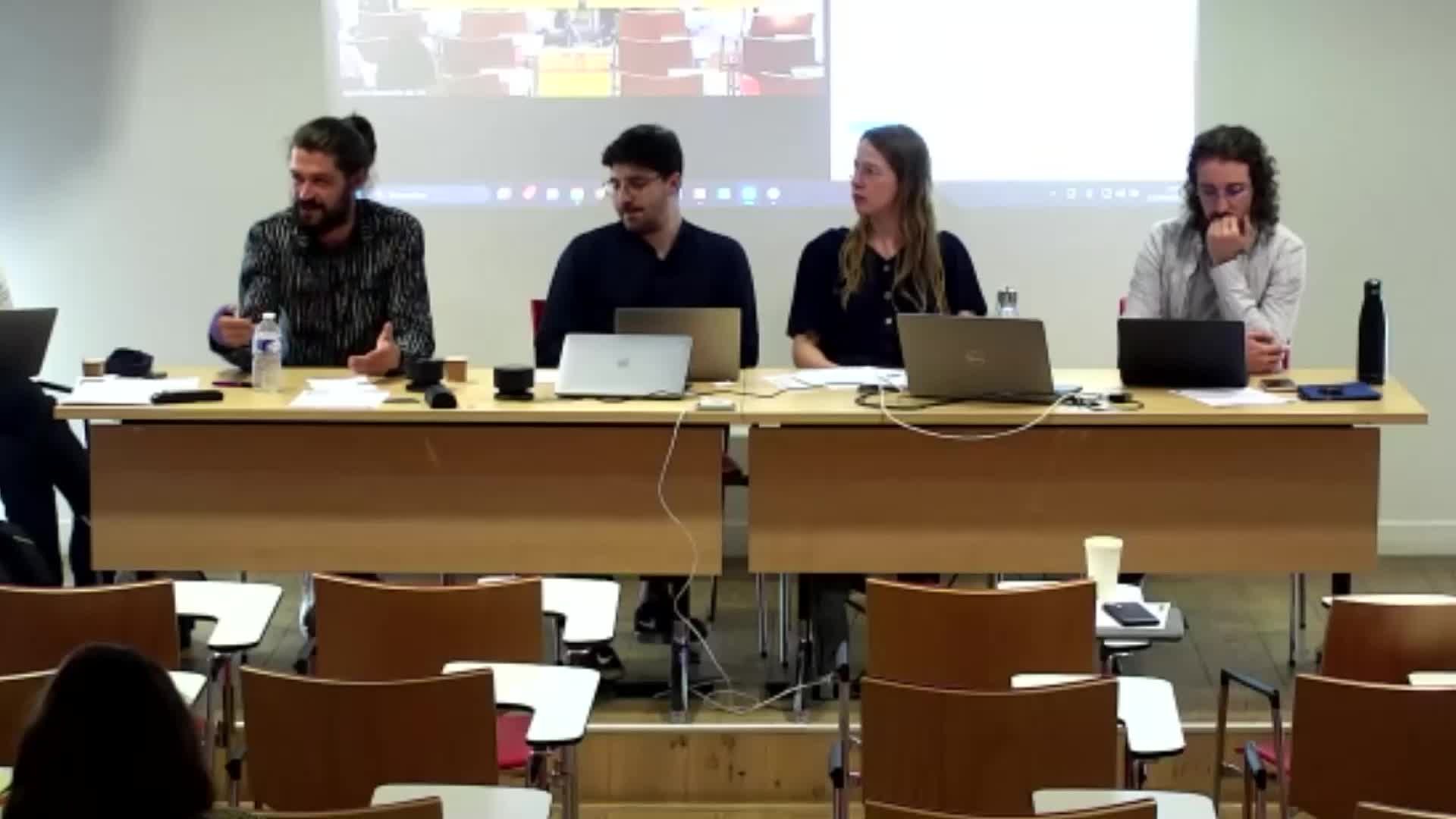

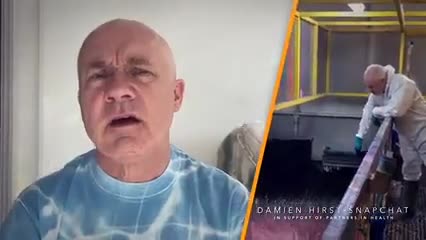
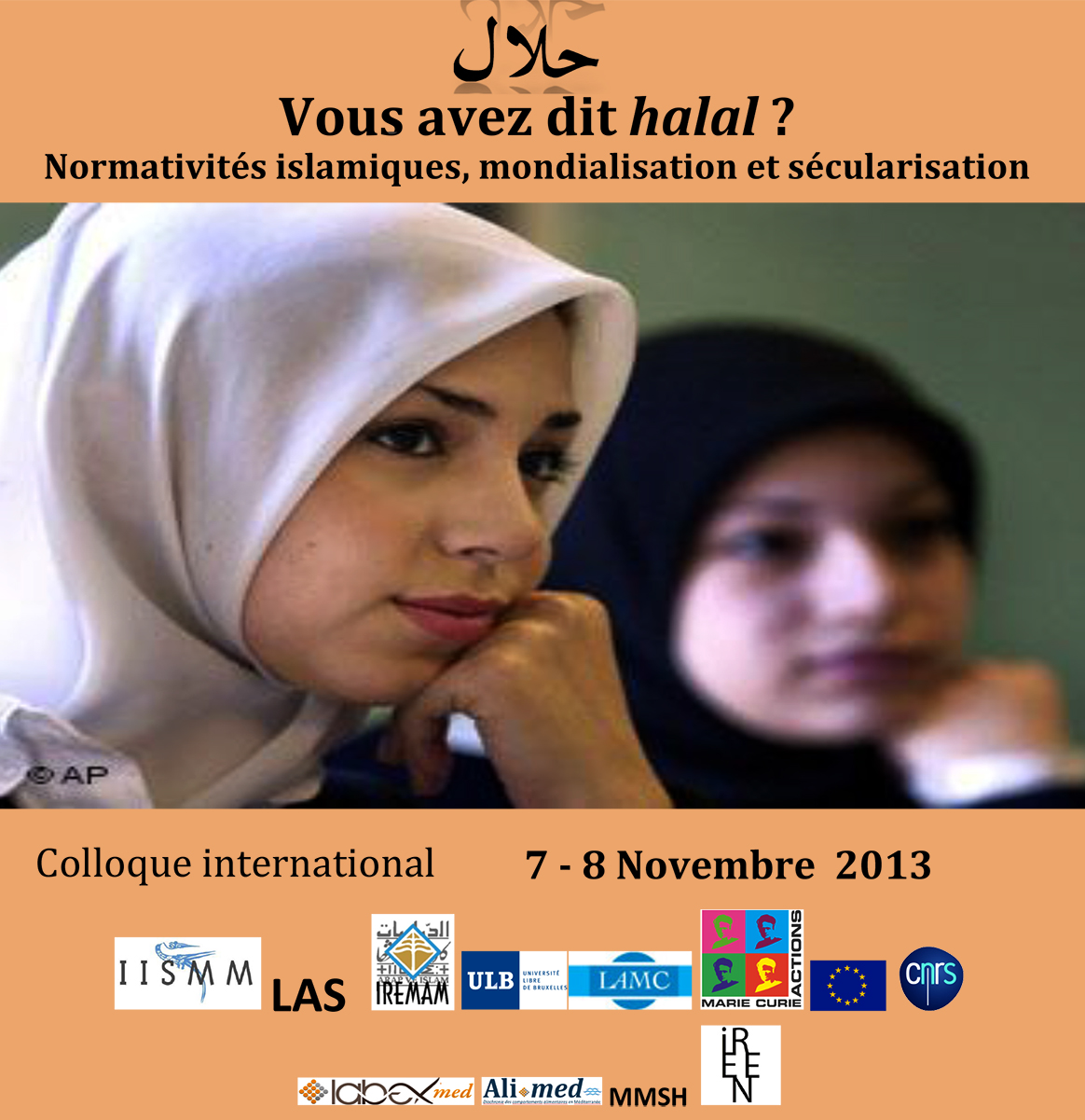
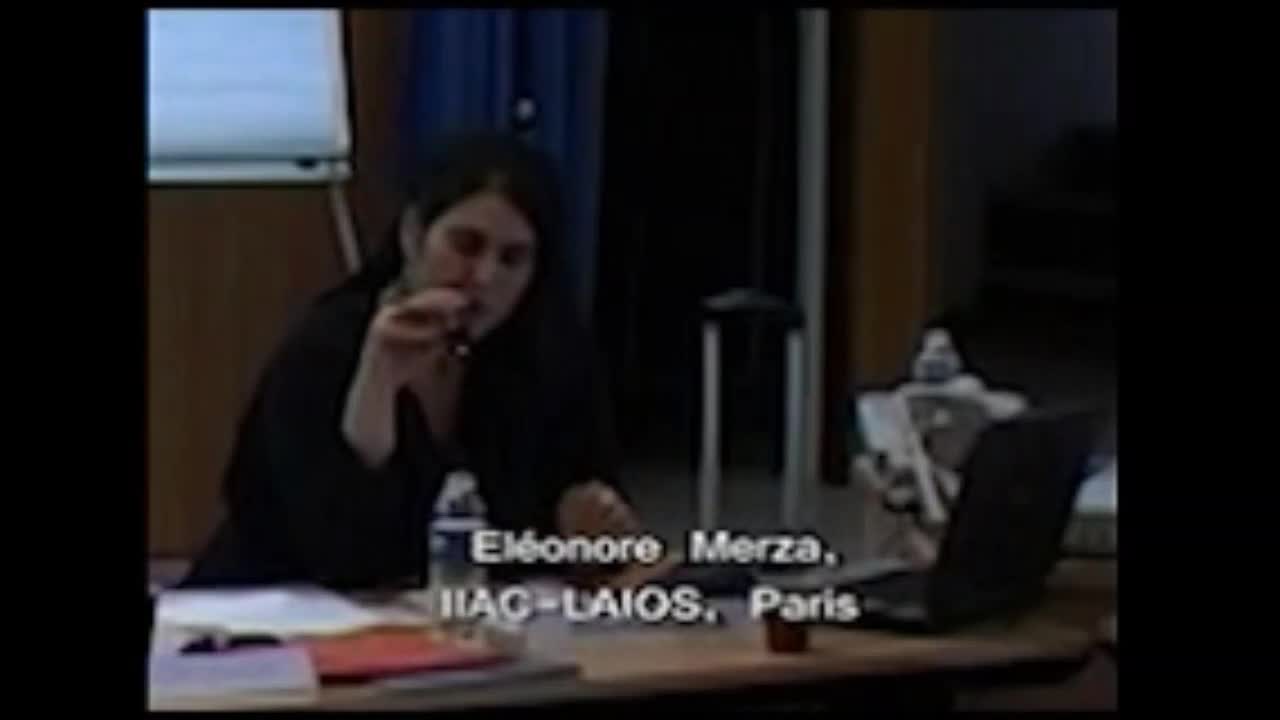
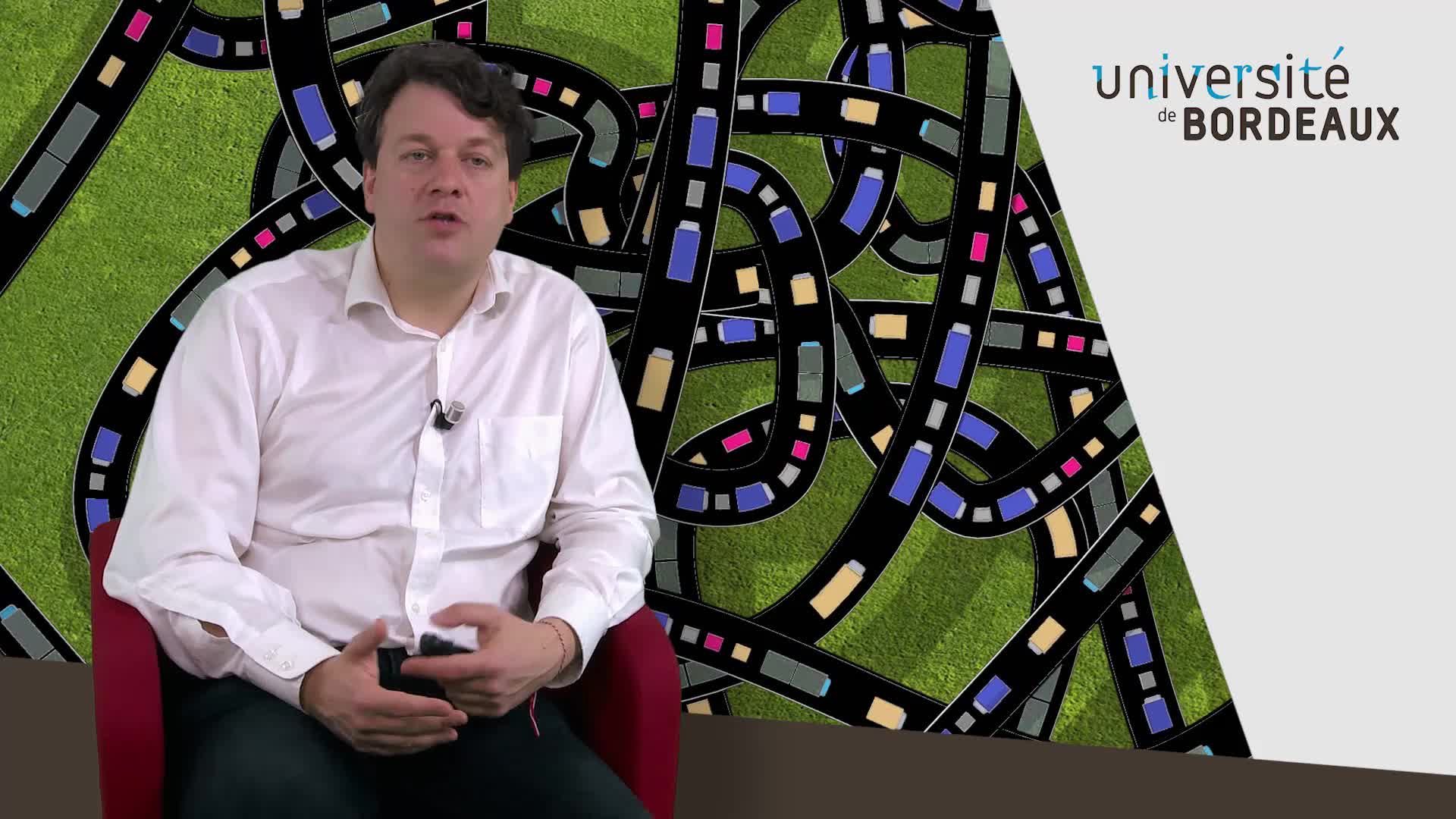
![[COLLOQUE] Festival de l’intelligence artificielle Avignon 2021 table ronde 1](https://vod.canal-u.tv/videos/media/images/universite_d_avignon_et_des_pays_de_vaucluse/.colloque.festival.de.l.intelligence.artificielle.avignon.2021_64135/vignette.jpg)
![[COLLOQUE] Festival de l’intelligence artificielle Avignon 2021 table ronde 3](https://vod.canal-u.tv/videos/media/images/universite_d_avignon_et_des_pays_de_vaucluse/.colloque.festival.de.l.intelligence.artificielle.avignon.2021.table.ronde.3_64809/vignette.jpg)
![[COLLOQUE] Festival de l’intelligence artificielle Avignon 2021 introduction](https://vod.canal-u.tv/videos/media/images/universite_d_avignon_et_des_pays_de_vaucluse/.colloque.festival.de.l.intelligence.artificielle.avignon.2021.introduction_64815/vignette.jpg)
![[COLLOQUE] Festival de l’intelligence artificielle Avignon 2021 Présentation de La chaire LIA Avignon](https://vod.canal-u.tv/videos/media/images/universite_d_avignon_et_des_pays_de_vaucluse/.colloque.festival.de.l.intelligence.artificielle.avignon.2021.presentation.de.la.chaire.lia.avignon_64811/vignette.jpg)
![[COLLOQUE] FrenchTech Grande Provence & LIAvignon : L’IA de demain 2em partie](https://vod.canal-u.tv/videos/media/images/universite_d_avignon_et_des_pays_de_vaucluse/.colloque.frenchtech.grande.provence.liavignon.l.ia.de.demain.2em.partie_64819/vignette.jpg)
![[COLLOQUE] Festival de l’intelligence artificielle Avignon 2021 table ronde 2](https://vod.canal-u.tv/videos/media/images/universite_d_avignon_et_des_pays_de_vaucluse/.colloque.festival.de.l.intelligence.artificielle.avignon.2021.table.ronde.2_64807/vignette.jpg)